Jacob’s Pillow, has been a mainstay in the world of modern dance, as well as other dance genres, since 1930 when dancer, choreographer, teacher, and former co-director of the renowned Denishawn Company and School, Ted Shawn, purchased the remote, run-down 220-acre property in the Berkshire Hills, Massachusetts, and founded Ted Shawn and His Men Dancers. As a self-contained retreat and incubator for choreography, this endeavor asserted that the occupation of dancer, particularly the male dancer, could be one of respectability. Shawn founded Jacob’s Pillow on the premise that it would raise the profile of the male dancer.
From 1933, the year of the inaugural performance in Boston, to 1940, the company performed nationally and internationally to a viewership of over one million audience members. It was the height of the Depression but these seven years were a heady time of work, camaraderie and creativity for the company. Shawn choreographed dozens of dances – solos for himself and complicated group works for the company. The young men renovated barns, built their own cabins, maintained outhouses, dammed a stream to create a swimming pool, and managed a vegetable garden that provided food for the dancers.
Though the company was popular, albeit occasionally boycotted outside theaters by scandalized demonstrators, it disbanded when the dancers began to serve in the military. After the war, men married, started families and pursued mainstream careers. A few continued dancing, including Shawn’s muse and partner, lead dancer Barton Mumaw, who enjoyed a robust dance career as a Concert Dancer and a dancer on Broadway.
Following the war and until his death in 1972, Shawn established his school, presented the work of the most notable modern dancers, and hosted dance companies from around the world, thereby introducing many international forms of dance to the U.S. The tradition of bringing the best dance artists to the Pillow stages (Antony Tudor, Agnes de Mille, Asadata Dafora, Alvin Ailey, Donald McKayle, Erick Hawkins, Twyla Tharp, Mikhail Baryshnikov, Eiko Otake, Jawole Willa Jo Zollar, Mark Morris, Shantala Shivalingappa, Camille A. Brown, Annabelle Lopez Ochoa and hundreds of others) continues to the present day.
Now a revered National Historic Landmark, and approaching its 10th decade, Jacob’s Pillow is exuberantly comprehensive. It boasts the longest-running international dance festival in the US. This year the Festival will take place from June 30 to August 29 in person and virtually. Pillow Pop-Ups, Community Dance Classes, Archives, Pillow Lab, Tours, the School, PillowVoices Podcast and much more will be on the schedule. One could easily spend many happy hours exploring the grounds and attending the lively offerings.
The 2021 season is emboldened and exciting. The iconic eight-week festival is curated by a trio of accomplished women curators brought together by and including Executive and Artistic Director Pamela Tatge; Educator, Dramaturg, Choreographer, Scholar, Associate Curator, Jacob’s Pillow, Melanie George; and Director of Programming at Abrons Art Center and Associate Curator at Jacob’s Pillow, Ali Rosa-Salas. In addition to commitments to the 2020 dance artists who did not perform due to the pandemic-driven cancellation of the 2020 Festival, such as Elizabeth Streb, Brian Brooks and Ballet Hispánico, the three curators pitched ideas and artists to one another in order to shape an inclusive and invigorated season.
Jacob’s Pillow, the name refers to a pillow-shaped granite rock, announced an anti-racist commitment, pledging to confront implicit bias by developing curation, archives, community outreach and education, in response to systemic racism. Tatge recognized ‘gate keeping’ as limiting and has endeavored to become more inclusive by ensuring multiple points of view. She hopes “to invite audiences in (and) create a sense of belonging…People so need to come together again and do things they haven’t done in a while.” This has encouraged “new members to join in the hundreds.”
In addition to ten company performances on the Henry J. Lier Outdoor Stage, the curatorial team considered the many ways the Jacob’s Pillow environs could be explored. As a result, site-based work will be performed every weekend by notable dance artists:
The tapping Dorrance Dance explores wood surfaces throughout the campus and leads audiences on a journey in areas of the Pillow rarely open to the public.
Okwui Okpokwasili (with Peter Born) will “emerge as a figure from the land” (Tatge). The audience sits around the pond while an aural score, broadcast from the trees, recounts the story of a girl with hair so attuned that it receives and sends messages about her future self.
Cirque Barcode Montreal & Acting for Climate Montreal, the only two international companies performing this year, will use trees as performing apparatus for group acrobatics while highlighting climate change.
Members of the staff drive the scope of the Pillow. Each stress the importance of community and collectively share their experience and sensitivity to curation and archival mastery. Dance artists offer insights. Clips of our discussions follow:
Pamela Tatge, Executive and Artistic Director, brings a sense of dignity and expansiveness to the role of Executive and Artistic Director. Prior to leading the Pillow, Tatge for nearly 17 years, directed the Wesleyan University arts programming that encompassed theatre, music, visual arts, dance and performance. She initiated the Pillow’s Vision ’22, an ambitious three-prong directive: Strengthening the Pillow’s artistic core, boosting civic leadership and community engagement, and renewing campus facilities. Under Tatge’s leadership, Vision ’22 has made great strides. Tatge is also committed to racial justice and the importance of seeing a greater number of BIPOC artists reflected in the programming. “Inclusion is paramount.” Jacob’s Pillow welcomes and encourages a sense of discovery in ourselves and in society.
Melanie George, Associate Curator and Scholar-in-Residence, was a child of the ‘80s whose “artistic heroes” include actress, dancer, choreographer, singer-song writer, director and producer Debbie Allen; singers David Bowie, Prince, and Joni Mitchell. George calls herself both a generalist and a specialist. An expertise in jazz dance, as dancer and choreographer, “I live in a jazz space,” led to academia and scholarship which led to dramaturgy and curation. There is a “lack of jazz in the Pillow archives…race, gender and artistic genres (have not always been) on the Pillow path.” By programming jazz artists, the Pillow archives is filling gaps. Dancer LaTasha Barnes, “brought to the table” by George, performs “the continuum of jazz”, the roots of which are African dance. Today, jazz inspires and informs dance genres that have developed in past decades, such as Lindy Hop, but also influence present day genres, including house and hip-hop. About curation George says, “I believe in doing all things through community. A curatorial team means teamwork…Curation is an artistic practice. Artists recommended by one of the team, broadens the entire team.”
Ali Rosa-Salas, Associate Curator, was raised in Brooklyn, NY, studied violin, “dance of all kinds” and attended her mother’s Flamenco performances. Rosa-Salas is a Barnard University graduate where she studied gender, sexuality, race and ethnicity. She began to understand “the body as a political site” and one of equity. As Director of Programming, Abrons Art Center, Rosa-Salas organizes live performance, music, and visual art. The way “folks are working now is not beholden to one discipline.” She speaks of herself as an “organizer” because organizing is more in line with her principles and beliefs. She cultivates relationships with neighbors on the Lower East Side, where Abrons is located, who have broad concerns that include but go beyond art. Movement, however, is at the core of Rosa-Salas’ organizing, and informs her “understanding of everything else.” At the Pillow, there is an opportunity to “provide space and platform for people to tell their own stories,” including street and club dance artist, Archie Burnett. Rosa-Salas also proposed a community dance form – New England Soul Line Dance Network – that is offering an interactive and fun line dancing party for all ages to the music of R & B, soul and hip-hop music.
LaTasha Barnes, Artist: LaTasha’s mom declared that “in utero she danced before she breathed.” Barnes considers family members as her “first dance educators” because family members danced at family functions, including her uncles who danced hip-hop. Growing up in Richmond, VA, the capital of the Confederacy, shaped her “fervor for what I do.” Her parents “weren’t shy about discussing racism” and made it clear that she “could be whatever she wanted to be with the proviso that there will be struggle en route.”
Asked how Barnes describes her work she responds, “At the core, (I’m interested in) Black artists telling their Black stories. The ancestors’ and elders’ genius needs to be revered and regarded. It is important to express their stories, lives, what they meant to one another in alignment with music. The movement and music exposed what they felt about themselves. These art forms started in the Black community. Why is it okay to not remember the black dancers…..Much of this culture has been usurped….White artists have not had the experiences of Black artists. It is important not to overlook that, not look away. The people you came from made space for that despite all they endured… you can rock step in their joy”
Adam H. Weinert, Artist, grew up in NYC, graduated from the Dalton School, Juilliard, the Gallatin School, NYU and was a student in the school of Jacob’s Pillow in 2003. (The School at Jacob’s Pillow will be included in an article on education in August.) Weinert began writing about Ted Shawn, who trained to be a minister. Shawn was sympatico with those who labored: in his dances he “used the movement of labor to communicate with laboring people.” Weinert reflected on the ways these dances relate to our contemporary lives which is how the dances of Ted Shawn and agriculture came together. Weinert’s garden will provide food for visiting dancers and staff, as it did in Shawn’s time. Prior to Weinert’s farm experience, his dance teachers deemed his dancing as “too light” but after “digging into the earth” for a summer his dancing became “grounded.” MOMA invited Weinert to perform the “beautifully tender” dances of Ted Shawn, as did the Tate Modern. Eventually, the dances developed into the dance, MONUMENT.
Archie Burnett, Artist is a living archive, mostly underground, who will share his story through movement. Burnett is an unrecognized “knowledge keeper” of the history of ballroom culture (he is also known as the Grandfather of the House of NINJA) that has spawned whacking, waacking, hustle, vogue, and freestyle, that in turn has shaped dance on a global scale. Dancers, such as Burnett, “are not seeing intellectual or monetary dividends” for the creation of these dance forms. “Art is knowledge and should be created for the public good (but there is) a duty and responsibility to support these artists…the creators of this art should be able to make a living and thrive,” says Rosa Salas.
Norton Owen, Director of Preservation observes, “People do look to the Pillow as a guiding light, a North Star…We’re always conscious of our sense of place.” With each passing year, Owen is cognizant that dance history slips away, the Martha Graham Dance Company brownstone on East 63rd street succumbed to the wrecking ball, the Denishawn studio in the Bronx became a synagogue. Owen, whose association with the Pillow began in 1976, has assiduously chronicled the history of Jacob’s Pillow by developing the renowned Jacobs Pillow Archive, diligently, extensively and lovingly “bit by bit, inch by inch, year by year”. With foresight, Owen built a comprehensive and ever-evolving virtual archive, Dance Interactive available to the public 24/7 even before the pandemic. Scholars and academicians access the archives year-round.
“You don’t just come to the Pillow to see a performance, you come also to visit the grounds,” and to stop into Blake’s Barn to see what is playing on the eight monitors. The two-minute clips that change weekly, “making it fresh,” describe what is important about the artist performing that week during the festival. Owen hopes that visitors will make discoveries and broaden their horizons so that the experience of the Pillow becomes deeper. The Pillow offers pre-show and post-show talks and contextualized notes in the program, prepared by Owen. “This is what makes a memorable and valuable experience.”
New construction is in full swing on the grounds. The Doris Duke Theatre, that burned to the ground in 2020, reimagines a theater space for the 21st century. The Ted Shawn Theatre is in the throes of renovation, and the Perles Family Studio is newly constructed. Blake’s Barn, which holds the archives, has been expanded for the purpose of exhibiting special collections such as costumes, sets, and paintings.
Jacob’s Pillow is a unique cultural community that is planted in its own fertile history and the rich work of invited dancers over the decades; as well, it recognizes dance artists in the ever-evolving, all-inclusive, global field. Jacob’s Pillow is a kaleidoscope of performance, choreography, teaching, history and advocacy.
Catherine Tharin, former dancer with the Erick Hawkins Dance Company and former senior adjunct professor of dance at Iona College, recently completed 15 years as the influential curator and programmer of dance and performance at the 92nd Street Y. She is now an independent dance curator, choreographer, teacher, writer and dancer.

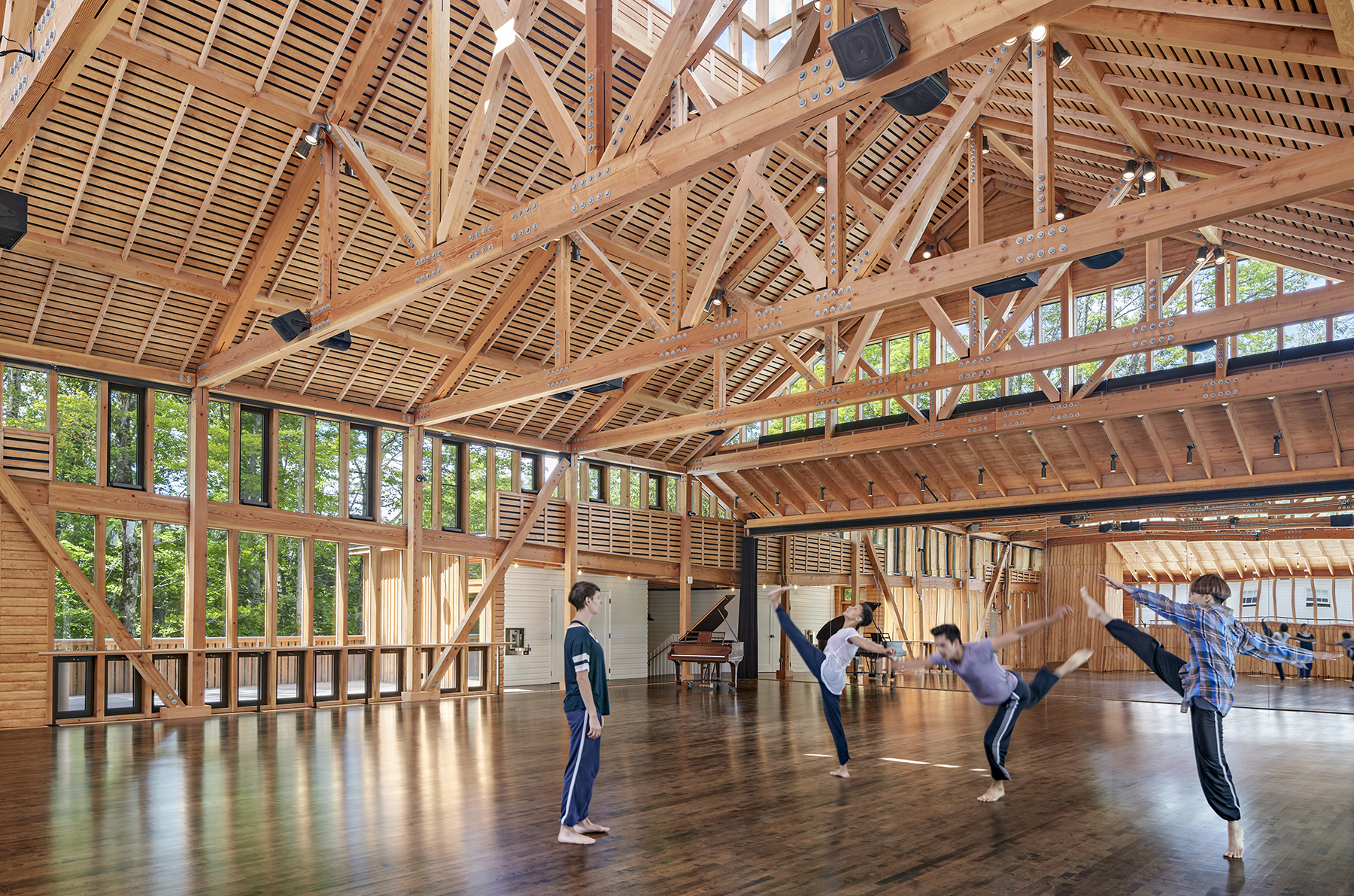
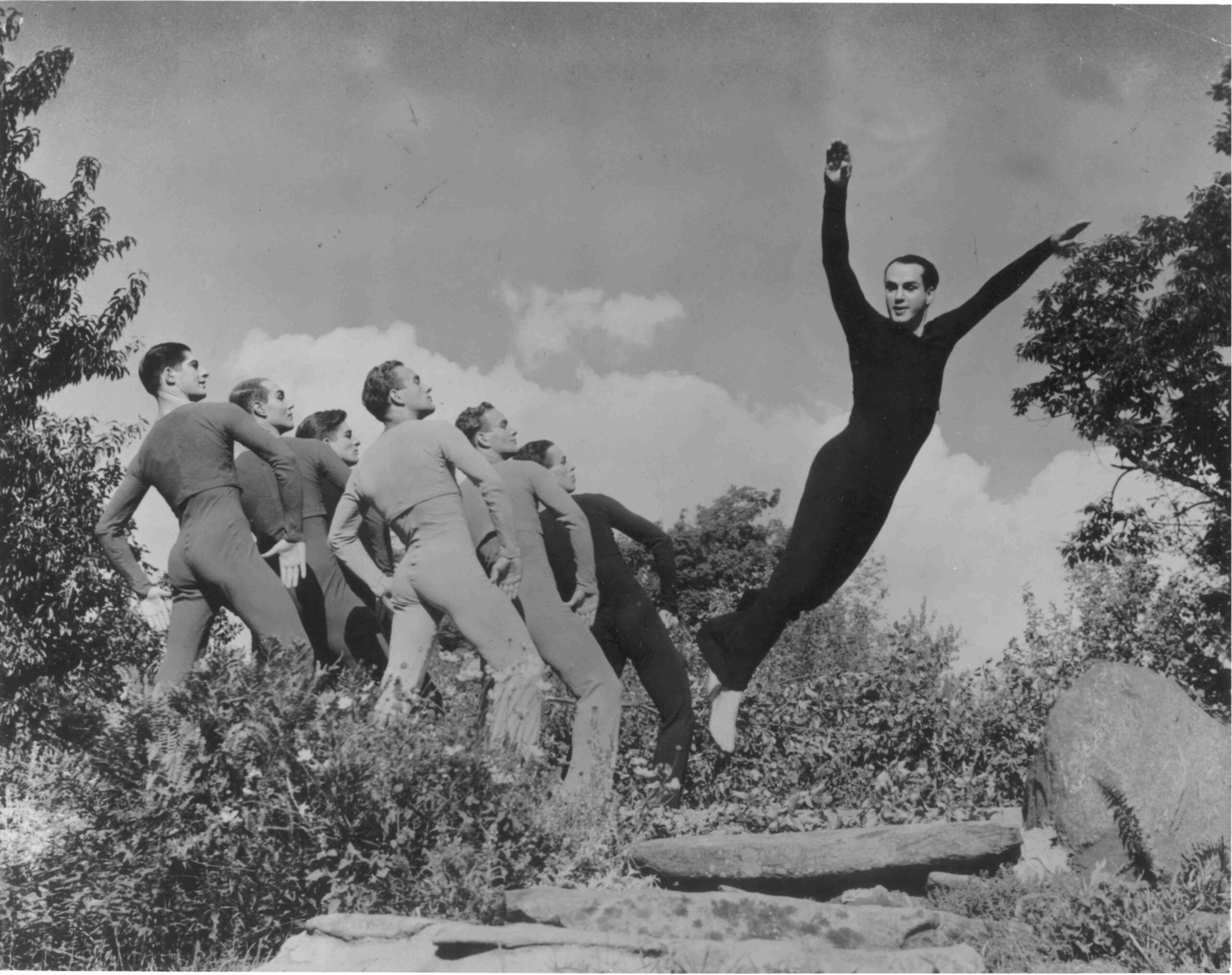
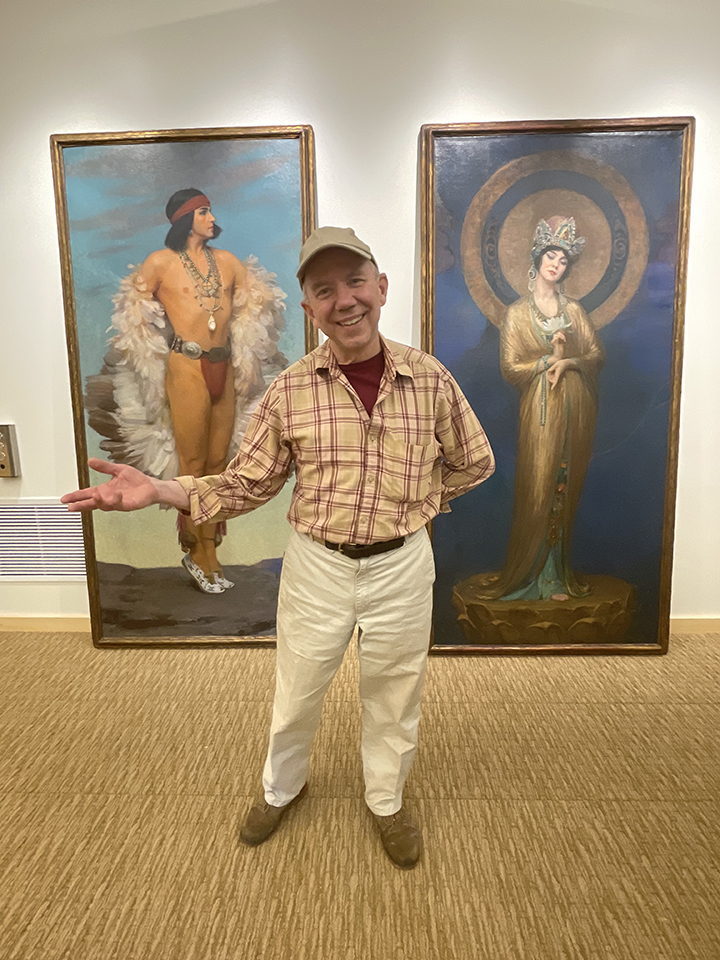
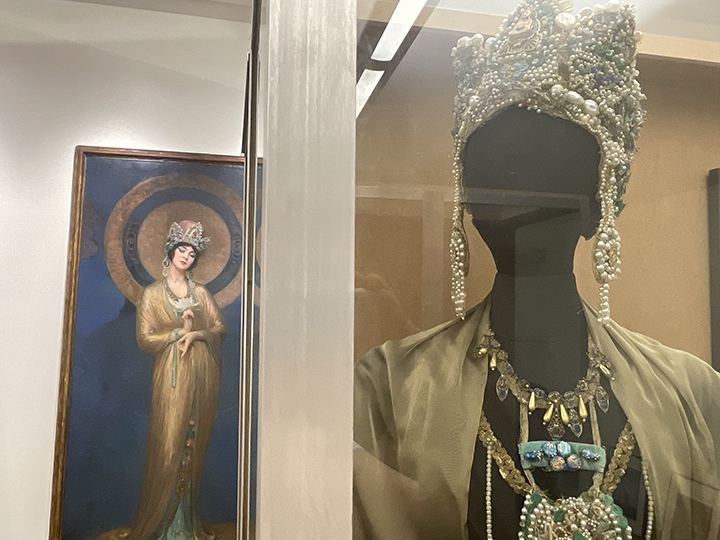
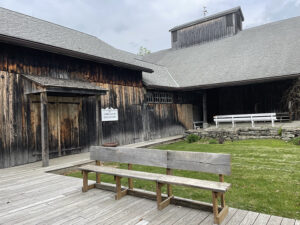
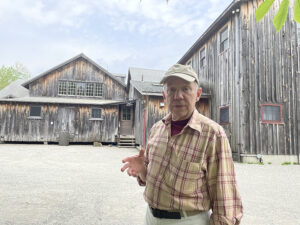
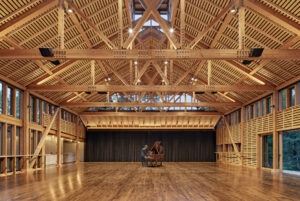
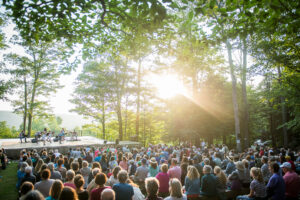
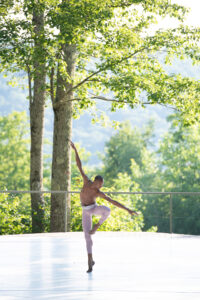
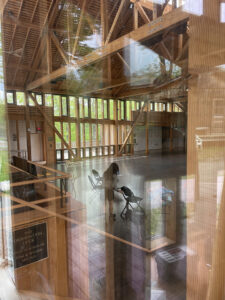
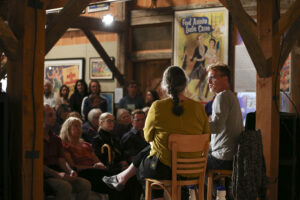
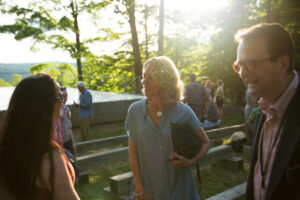
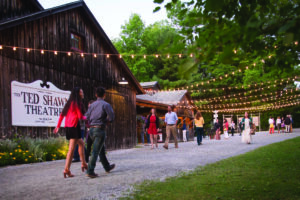
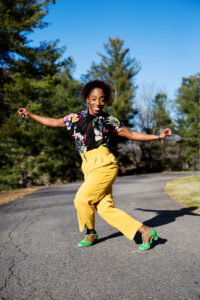
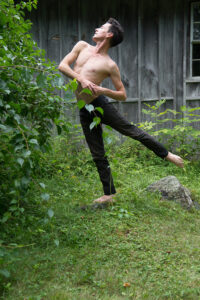
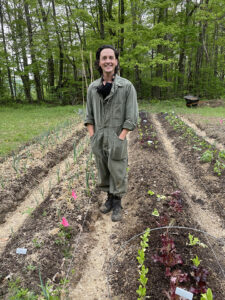
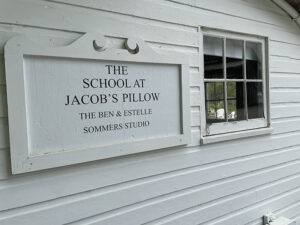
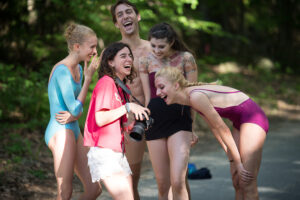
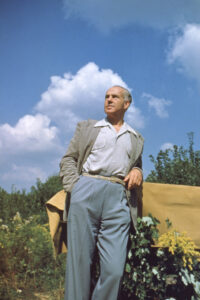
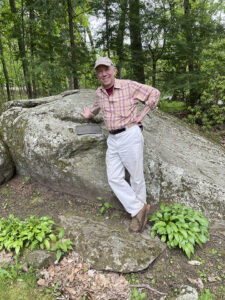
Is this an annual event?